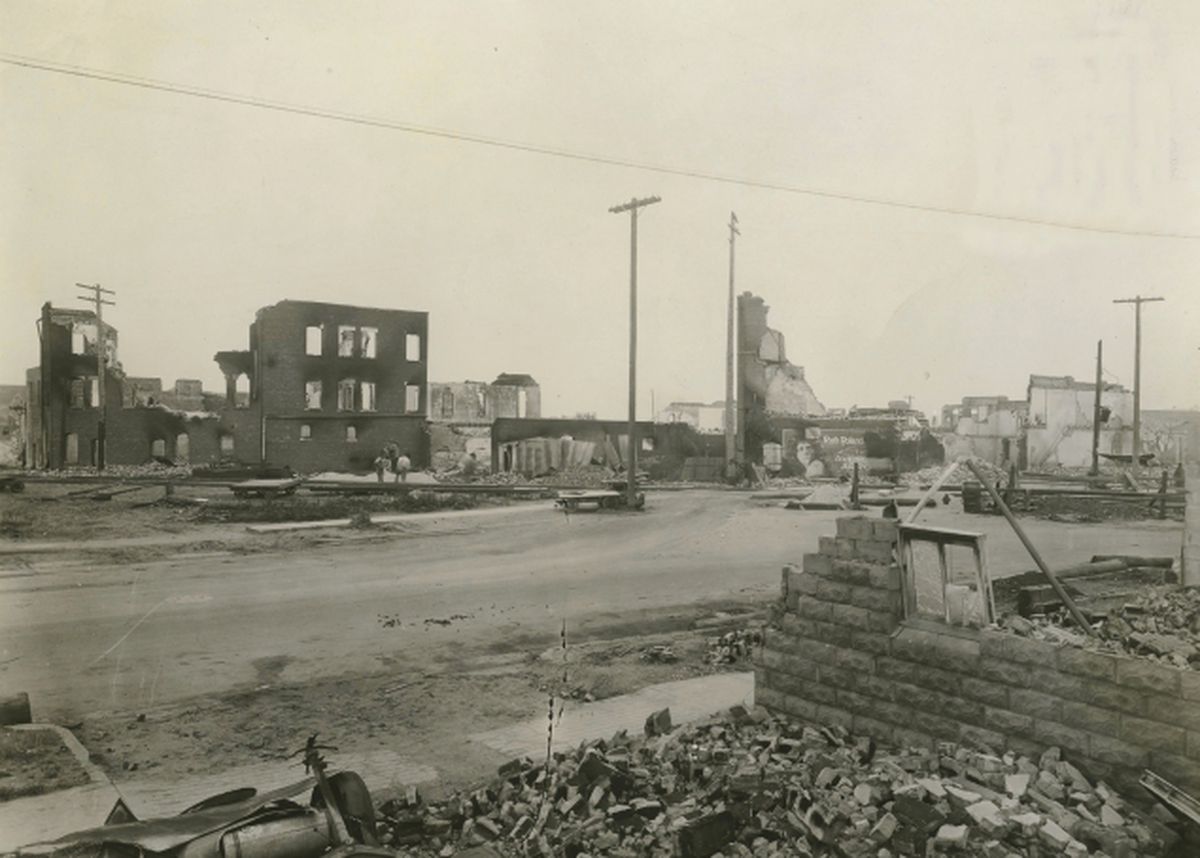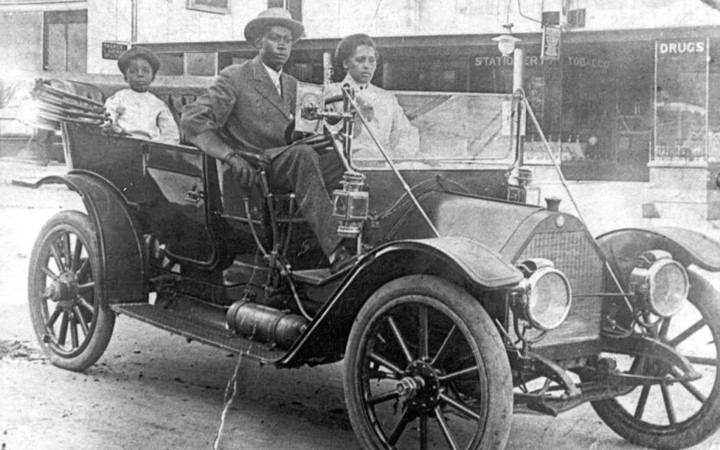
Between May 31 and June 1, 1921, white mobs destroyed more than 1,000 homes and businesses in Greenwood forcing Black families like Dr. Olivia J. Hookers' to relocate to safer territory. 

They set fire to schools, churches, libraries, and movie theaters, and leveled entire city blocks.
The late Dr. Olivia J. Hooker, who was only six years old at the time, witnessed them tear down items in her home, as well as the complete destruction of her father’s clothing business.
They later moved to Topeka, Kansas to start anew. 
They later moved to Topeka, Kansas to start anew.

“It was a horrifying thing for a little girl who’s only six years old. Trying to remember to keep quiet, so they wouldn’t know we were there.” —Dr. Olivia J. Hooker
#TulsaRaceMassacre #JusticeForGreenwood #TulsaOklahoma
#TulsaRaceMassacre #JusticeForGreenwood #TulsaOklahoma
• • •
Missing some Tweet in this thread? You can try to
force a refresh










